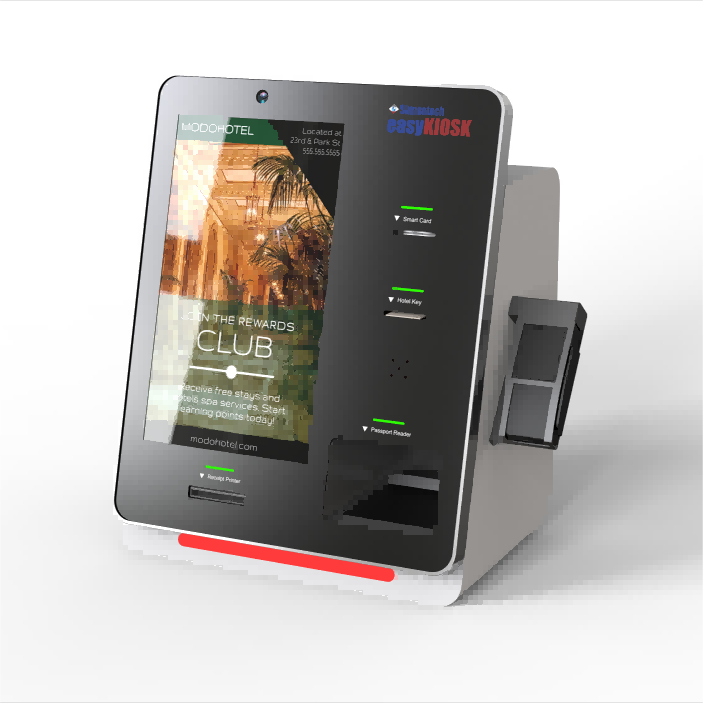"Types of Kiosk Businesses" refers to the various forms and models of kiosks used across different industries to provide services, products, or information. These kiosks can be categorized based on their functionality, location, and target market. Common types include:
Retail Kiosks: Found in malls and shopping centers, these sell products ranging from electronics to fashion accessories, offering a compact retail experience.
Food and Beverage Kiosks: These serve quick snacks, beverages, or full meals in high-traffic areas like airports, malls, and events.
Information Kiosks: Located in public places such as museums, airports, and city centers, these provide maps, directories, and other essential information.
Self-Service Kiosks: Used in banks, healthcare facilities, and transportation hubs, they allow users to perform transactions like ticket purchases, check-ins, bill payments, and more.
Interactive Kiosks: Found in educational institutions, exhibitions, and businesses, these offer interactive content for learning, marketing, or customer engagement.
These diverse types of kiosk businesses cater to specific needs, enhancing convenience and efficiency for both providers and users.

An interactive kiosk is a self-service terminal equipped with a touch screen and advanced software that enables users to interact with digital content, perform transactions, and access information without needing human assistance. These kiosks are designed to engage users through intuitive interfaces, providing a seamless and efficient experience.
Key Features:
· Touch Screen Interface: The primary mode of interaction, allowing users to navigate menus, input data, and access information easily.
· Multimedia Capabilities: Equipped with audio, video, and high-resolution displays to offer rich, engaging content.
· Internet Connectivity: Enables real-time updates, online transactions, and integration with cloud-based services.
· Customization Options: Can be tailored to specific business needs, with customizable software and hardware configurations.
Applications:
· Retail and Marketing: Used for product catalogs, promotions, and customer feedback. They enhance the shopping experience by providing detailed product information and personalized recommendations.
· Healthcare: Patients use them for check-ins, accessing medical records, scheduling appointments, and educational content on health and wellness.
· Education: Serve as information hubs on campuses, providing access to course schedules, campus maps, and academic resources.
· Tourism and Hospitality: Assist visitors with information about attractions, accommodations, and services. They can provide maps, event information, and ticket purchasing.
· Transportation: Found in airports, train stations, and bus terminals for ticketing, check-ins, and travel information.
Benefits:
· Enhanced User Experience: Provides quick and easy access to information and services.
· Operational Efficiency: Reduces the need for staff, allowing businesses to allocate resources more effectively.
· Data Collection: Captures user data for analytics, helping businesses understand customer behavior and preferences.
Interactive kiosks are a versatile tool that can be adapted to various industries, improving customer engagement and operational efficiency while providing valuable insights through user interactions.
A self-checkout kiosk is a user-operated terminal designed for retail environments, allowing customers to scan, bag, and pay for their purchases independently without the assistance of a cashier. These kiosks are typically equipped with a touch screen interface, barcode scanner, payment terminal, and sometimes a weighing scale for items sold by weight.
Key Features:
· Barcode Scanner: Allows customers to scan items for purchase quickly.
· Touch Screen Interface: Guides users through the checkout process, displaying item prices and payment options.
· Payment Terminal: Accepts various forms of payment, including credit/debit cards, mobile payments, and cash.
· Bagging Area: Provides space for customers to place scanned items after checkout.
· Receipt Printing: Issues receipts for transactions, offering customers proof of purchase.
Benefits:
· Convenience: Allows customers to complete their purchases quickly, reducing wait times.
· Efficiency: Frees up store staff to focus on other tasks, improving overall service.
· Accuracy: Minimizes errors in pricing and transaction processing.
· Customer Control: Gives customers autonomy over their shopping experience, enhancing satisfaction.
· Space Optimization: Takes up less space than traditional checkout counters, making store layouts more flexible.
Applications: Self-checkout kiosks are widely used in supermarkets, convenience stores, and retail outlets to streamline the checkout process and enhance customer service. They cater to modern shoppers seeking convenience and efficiency in their shopping experience.